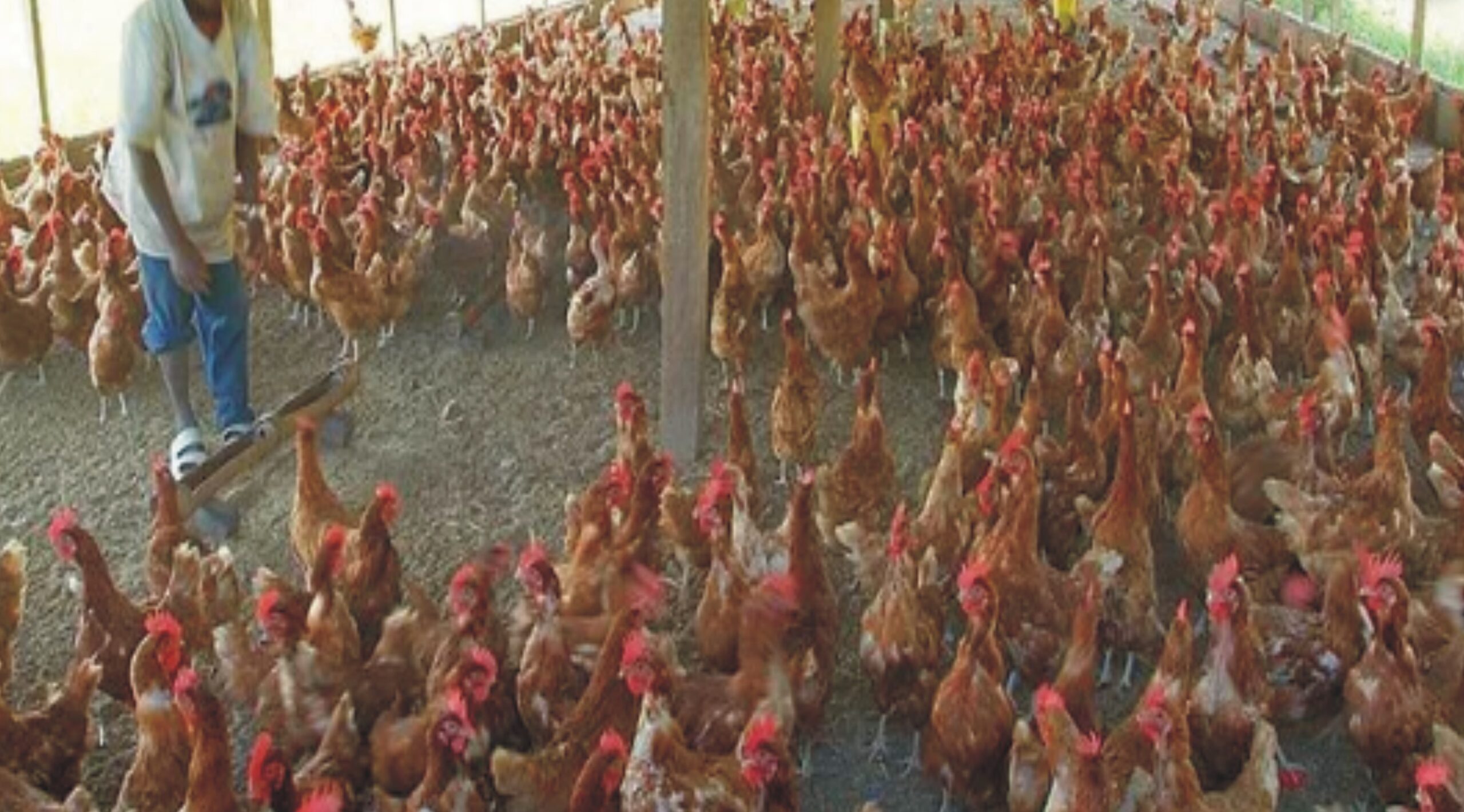- This topic is empty.
- AuthorPosts
- April 7, 2025 at 11:31 am #622981

As urban populations continue to grow, so does the demand for protein-rich foods like poultry. Scaling poultry production to meet this increasing demand presents both challenges and opportunities for the agricultural sector.
With rising urbanization, changing consumer preferences, and increasing concerns about food security, it is essential to develop sustainable and efficient strategies for poultry production.
By adopting modern farming techniques, improving supply chain logistics, and implementing technological innovations, poultry producers can effectively scale production and meet the needs of urban populations.
1. Integrating Modern Poultry Farming Techniques
One of the most effective ways to scale poultry production is by integrating modern farming techniques that enhance productivity and efficiency. This includes adopting intensive poultry farming methods, such as automated feeding, temperature control, and disease management systems.
By utilizing these advanced technologies, farmers can ensure higher productivity per unit of land, which is essential when dealing with limited space in urban areas.
Furthermore, these techniques help maintain consistent growth rates, reduce feed waste, and improve overall bird health, resulting in a more efficient and sustainable poultry production system that can meet urban demand.
2. Optimizing Supply Chain and Distribution Networks
Scaling poultry production to meet urban demand requires an efficient supply chain and distribution network. As cities grow, poultry producers must ensure that fresh poultry products reach urban markets in a timely and cost-effective manner.
This involves streamlining logistics, reducing transportation costs, and ensuring proper storage conditions to maintain product quality. Urban consumers expect reliable access to fresh and affordable poultry, and improving distribution infrastructure—such as cold storage facilities and optimized transportation routes—can help meet these expectations.
Additionally, establishing local processing facilities near urban areas can reduce the time and cost associated with transporting poultry products, making them more accessible to city dwellers.
3. Sustainable Poultry Farming Practices for Urban Areas
Sustainability is a crucial factor in scaling poultry production, especially as urban areas face environmental challenges. Sustainable practices such as waste management, water conservation, and the use of alternative energy sources can significantly reduce the environmental footprint of poultry farming.
Urban poultry farms can benefit from technologies such as waste-to-energy systems, which convert poultry waste into bioenergy, and rainwater harvesting systems to reduce water consumption. Additionally, using locally sourced feed and reducing transportation emissions can lower the carbon footprint of poultry production.
By incorporating sustainable practices, poultry producers can contribute to the overall well-being of urban ecosystems while meeting the growing demand for poultry.
4. Leveraging Technology and Innovation for Increased Efficiency
Technology and innovation play a crucial role in scaling poultry production. The implementation of technologies such as artificial intelligence (AI), Internet of Things (IoT) devices, and data analytics can help farmers optimize their operations.
For example, AI can be used to monitor bird health, predict growth patterns, and detect disease outbreaks early. IoT devices can provide real-time data on temperature, humidity, and feeding conditions, enabling farmers to make data-driven decisions that improve efficiency.
Additionally, innovations in breeding technologies, such as genetic selection, can enhance the growth rates and disease resistance of poultry, allowing producers to meet urban demand more effectively and sustainably.
5. Policy Support and Collaboration for Scaling Production
Government policy and collaboration among stakeholders are essential for scaling poultry production to meet urban demand. Supportive policies, such as subsidies for modern farming technologies, tax incentives for sustainable practices, and investment in infrastructure development, can encourage poultry farmers to expand their operations.
Collaboration between poultry producers, urban planners, and local governments can help create a more resilient and efficient food system.
This includes developing urban agriculture initiatives, establishing urban farming zones, and supporting local poultry production to reduce reliance on imports. By working together, stakeholders can create an environment that supports the growth of poultry production while ensuring food security in urban areas.
In conclusion, scaling poultry production to meet the growing urban demand requires a multifaceted approach that combines modern farming techniques, efficient supply chain management, sustainability, and technological innovation. As urban populations continue to increase, poultry producers must adapt to changing consumer needs and environmental challenges.
By implementing these strategies, poultry farming can evolve to meet urban demand while contributing to a more sustainable and resilient food system. With the right support and collaboration, poultry production can play a vital role in feeding growing cities and ensuring food security for future generations.
Read Also: Enhancing Productivity and Market Supply through Intensive Poultry Farming
- AuthorPosts
- You must be logged in to reply to this topic.

